The new normal
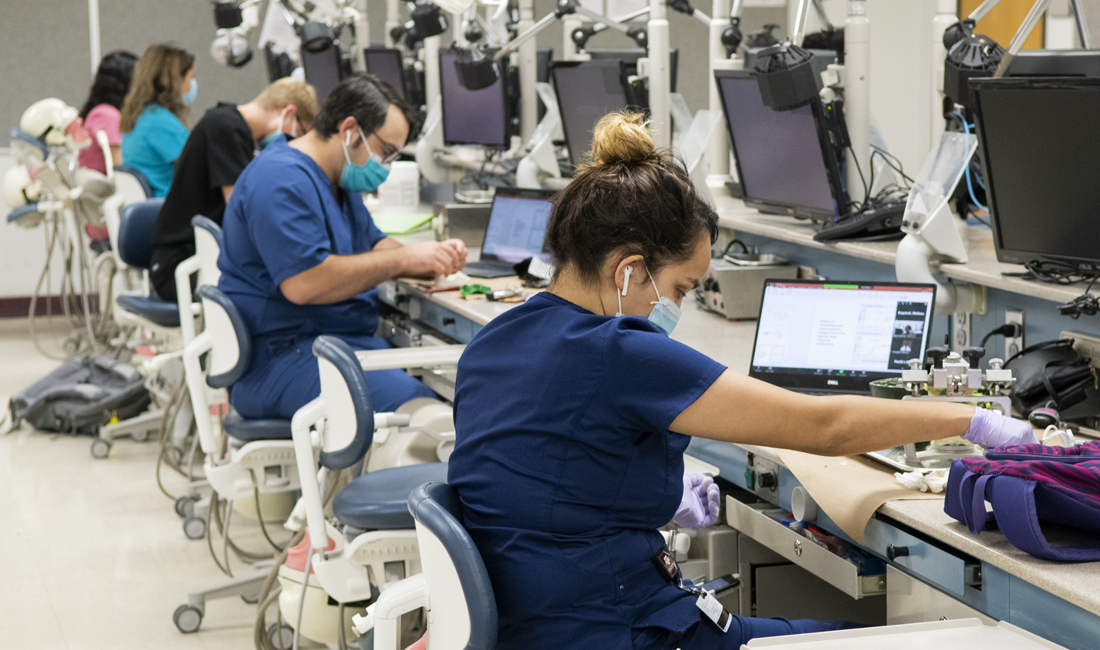
When COVID-19 shut down campus after spring break, Texas A&M College of Dentistry students Kelsi Thompson and Claire McMahon figured the unexpected hiatus would be short-lived.
“I tried to see the positive—to have time for personal reflection and have a
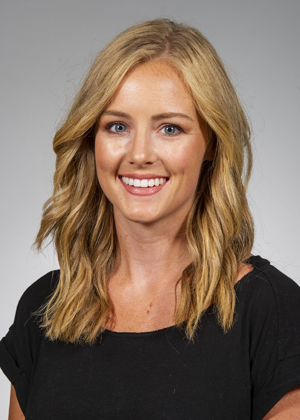
break from the busy lifestyle,” says Thompson, now a D3.
For McMahon, now a DH2, the experience felt surreal in what was supposed to be a very preset time frame. For years, her life had been mapped out with school and an approaching end goal: dental hygiene graduate.
“COVID brought a lot of questions with it,” she says. “Will we graduate on time? Is it going to be safe when we go back? Will I be able to sit in a classroom with my classmates again?”
As the days dragged by, Thompson and McMahon say worry and confusion set in. In hindsight, they now know that faculty members were doing everything in their power to get them back on track.
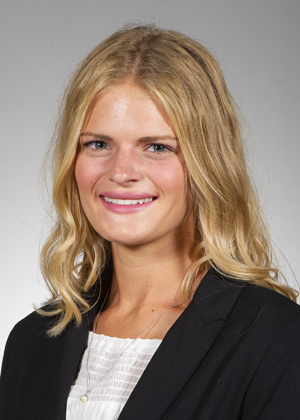
“COVID clearly isn’t something we could have ever planned for, but it’s shown how well this school can adapt,” McMahon says.
Behind the scenes, faculty and staff were rethinking every minute detail, including turning a clinic program virtual, says Dr. Jennifer Barrington, clinical director and clinical associate professor in comprehensive dentistry.
Because students weren’t allowed on campus, faculty quickly explored virtual platforms and adapted their lectures, she says. A school task force was assembled to establish and oversee safety guidelines, track social distancing requirements, and meticulously plan for moving hundreds of dental and dental hygiene students forward. Faculty took over patient care for emergency procedures.
A virtual program was set up so students could learn “how to do preps, fillings in a simulated environment,” says Dr. Sarah Parker Allen, director of curriculum and preclinical director, regarding the days of full closure. “This has been the toughest thing for us to figure out. How are we going to teach dentists if we can’t be next to them, teaching hand skills?”
“We continued with didactic without interruption after spring break, but in the new Zoom classroom, and substituted missed preclincial exercises with case studies and treatment planning exercises until we could formulate a plan to safely bring them back June 1 to make up missed hand-skills exercises,” she says.
Another top priority was making sure the D4s and DH2s fulfilled graduation requirements by the end of May.

“I feel we’ve done our best given what we were allowed to do in this new world of the pandemic,” says Allen, clinical associate professor in comprehensive dentistry.
Dental schools nationwide turned to the American Dental Education Association, which offered a handful of webinars so school officials “could get together and discuss how they modified their clinic programs during the closure to finish out the school year, and how they foresaw what their summer and fall semesters would look like,” Barrington says. “That was actually very valuable.” ADEA also set up email listserv groups as a platform for Q&As and feedback among the schools.
Virtual learning yielded an unexpected silver lining that faculty could have never anticipated, she says.
“In the one-on-one virtual assessments the students had with the faculty teams we put together, the faculty reported that there was real learning going on there. It was very specific to the student at the time and there weren’t any interruptions,” Barrington says.
Moving into the summer semester, plans were put into place to bring back 25% of the students to campus in small groups.
“I was so relieved to hear that we could return to labs in the summer. It was finally a sliver of normal and brought hope,” McMahon says.
Staff and faculty rearranged seating charts to keep students at least six feet apart, and masks became mandatory.
“Not being able to group up with my classmates was tough to get used to,” says McMahon. “I hadn’t seen them for months, and I just wanted to catch up with everyone.”
Besides social distancing and other noticeable adjustments at the school, students found one-way staircases and sparsely populated hallways. Even elevator capacity was limited.
“I might be in the best shape of my life,” she says. “I practice on the seventh floor, so if I’m ever in a time crunch and there’s a line for the elevators, I get my cardio in.”
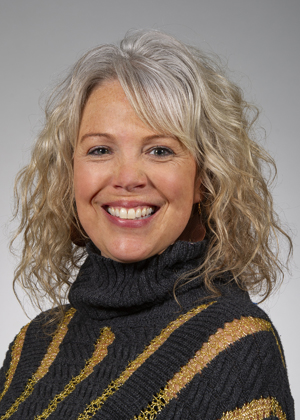
In the dental hygiene program, faculty spent more than 100 hours preparing case studies for 10 weeks of exercises during the summer. Clinic faculty presented some instruction over Zoom. Then, in the second-floor clinic, dental hygiene students used provided health histories and dental and periodontal charting to write up the analysis and treatment plan. With typodonts in the chair, they practiced their instrumentation.
What happened next was beyond anything their faculty could have anticipated. The curriculum retooling had made dental hygiene students’ skills more efficient at this point in their school journey compared to any previous class, says Leigh Ann Wyatt, executive director and program director at Caruth School of Dental Hygiene.
“They treated it seriously, and now we have a result that wasn’t even our goal. We were just hoping they would remember how to pick up an instrument, how to see a patient, how to work an axiUm, but it paid off in dividends,” she says. “We were just hoping to keep them above water, and instead they’re out swimming in the ocean.”
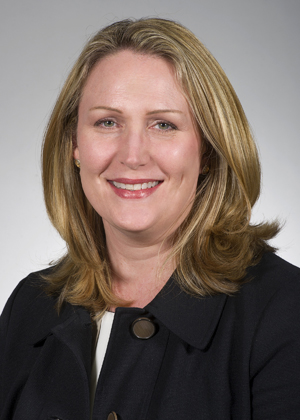
Moving into the fall semester, dental group practices have been split into an “A” group and a “B” group so that only 50% of the students are at the school at any given time. They rotate every other week between patient care in the comprehensive dentistry clinic and rotation elsewhere, Barrington says.
“I would say the energy is positive. The students are glad to be back,” she says. “They’d love to all be back, but we have to slowly do this.”
Students say they are grateful to faculty for the solutions, but there is unfortunate fallout from the changes: dividing up their tightknit class families, if even just for now.
“We are never all together like we once were. I feel distant from my classmates and miss the camaraderie of us all being together,” Thompson says.